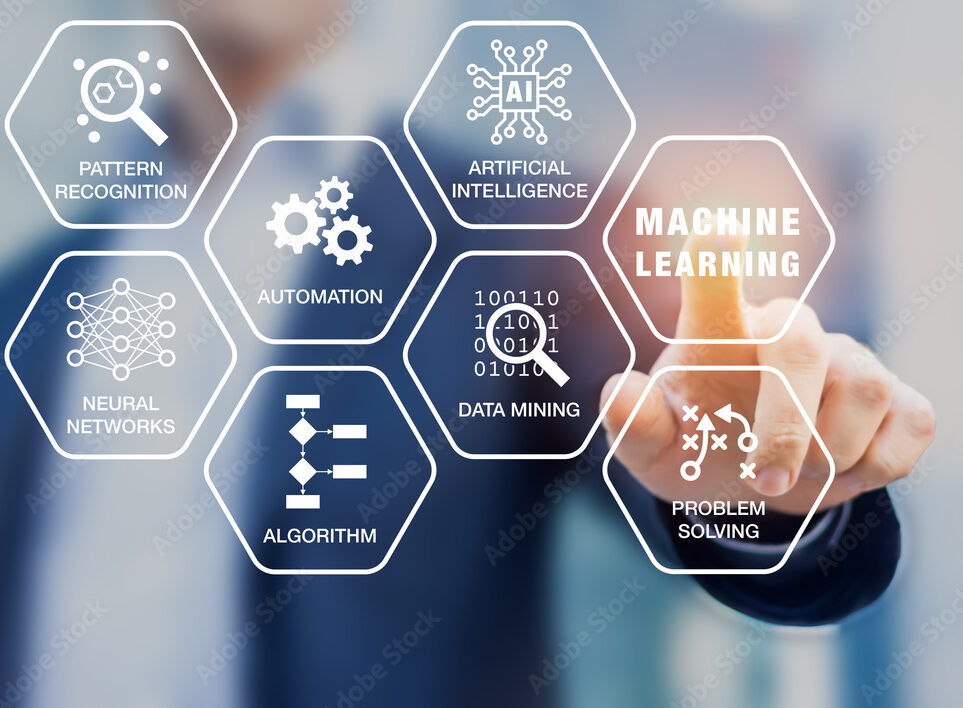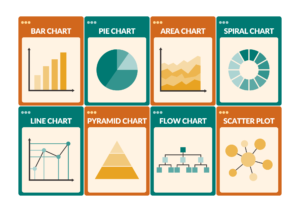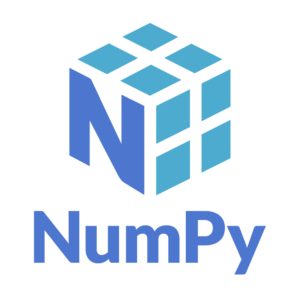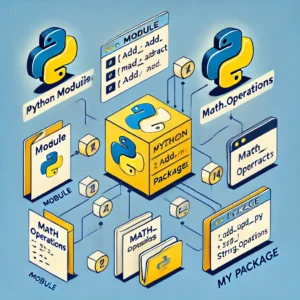Learning machine learning (ML) can be a rewarding journey, but it requires a structured approach to grasp the fundamental concepts and techniques. Below is a detailed roadmap that will guide you through the process of becoming proficient in machine learning.
1. Foundational Knowledge
1.1. Mathematics
Understanding the mathematical underpinnings of machine learning is crucial. Focus on the following areas:
- Linear Algebra:
- Key Concepts: Vectors, matrices, determinants, eigenvalues, eigenvectors, and matrix decomposition.
- Why It’s Important: Machine learning algorithms, especially in deep learning, rely heavily on linear algebra for operations like transformations, optimizations, and representing data.
- Calculus:
- Key Concepts: Differentiation, partial derivatives, gradients, chain rule, and optimization techniques.
- Why It’s Important: Calculus is essential for understanding how machine learning models learn, especially in gradient descent, backpropagation, and optimization problems.
- Probability and Statistics:
- Key Concepts: Probability distributions, Bayes’ theorem, expectation, variance, hypothesis testing, and confidence intervals.
- Why It’s Important: Probability and statistics form the backbone of many machine learning algorithms, helping to model uncertainty and make predictions from data.
- Linear Algebra Resources:
- Books: “Linear Algebra and Its Applications” by Gilbert Strang.
- Courses: MIT OpenCourseWare’s Linear Algebra course.
- Calculus Resources:
- Books: “Calculus” by Michael Spivak.
- Courses: Khan Academy’s Calculus course.
- Probability and Statistics Resources:
- Books: “Introduction to Probability” by Joseph K. Blitzstein.
- Courses: Coursera’s “Probability and Statistics” by Stanford.
1.2. Programming
You’ll need to be comfortable with programming, especially in Python, which is the dominant language in machine learning.
- Python:
- Key Libraries: NumPy, Pandas, Matplotlib, Seaborn.
- Why It’s Important: Python is widely used due to its simplicity and the extensive ecosystem of libraries for data manipulation, analysis, and visualization.
- Resources:
- Books: “Python Crash Course” by Eric Matthes.
- Courses: “Python for Everybody” by Dr. Charles Severance on Coursera.
1.3. Data Structures and Algorithms
Understanding basic data structures (like arrays, lists, trees) and algorithms (like sorting, searching, recursion) is important for implementing machine learning algorithms efficiently.
- Resources:
- Books: “Introduction to Algorithms” by Thomas H. Cormen.
- Courses: “Data Structures and Algorithms Specialization” by UC San Diego on Coursera.
2. Introduction to Machine Learning
2.1. Core Concepts
Familiarize yourself with the fundamental concepts of machine learning:
- Supervised Learning: Algorithms that learn from labeled data.
- Unsupervised Learning: Algorithms that identify patterns in data without labels.
- Reinforcement Learning: Algorithms that learn by interacting with an environment to maximize rewards.
- Overfitting and Underfitting: Understanding the balance between bias and variance.
- Evaluation Metrics: Accuracy, precision, recall, F1 score, confusion matrix, ROC curve.
2.2. Learn Key Algorithms
Start by understanding and implementing key machine learning algorithms:
- Supervised Learning:
- Linear Regression: Predicting continuous values.
- Logistic Regression: Binary classification.
- Decision Trees and Random Forests: Tree-based models for classification and regression.
- Support Vector Machines (SVM): Classification by finding the optimal hyperplane.
- K-Nearest Neighbors (KNN): Instance-based learning for classification.
- Unsupervised Learning:
- K-Means Clustering: Partitioning data into clusters.
- Hierarchical Clustering: Building nested clusters.
- Principal Component Analysis (PCA): Dimensionality reduction technique.
- Resources:
- Books: “Hands-On Machine Learning with Scikit-Learn, Keras, and TensorFlow” by Aurélien Géron.
- Courses: “Machine Learning” by Andrew Ng on Coursera.
2.3. Hands-On Practice
- Implement Algorithms: Start by coding machine learning algorithms from scratch to understand their workings.
- Use Libraries: Learn to use popular libraries like Scikit-learn, TensorFlow, and PyTorch.
- Datasets: Practice with standard datasets like Iris, MNIST, and Titanic.
3. Advanced Machine Learning
3.1. Deep Learning
Deep learning is a subfield of machine learning that focuses on neural networks with many layers (deep networks).
- Key Concepts:
- Neural Networks: Understand the structure and functioning of neurons and layers.
- Convolutional Neural Networks (CNNs): Used primarily for image recognition tasks.
- Recurrent Neural Networks (RNNs): Used for sequential data like time series or language processing.
- Transfer Learning: Using pre-trained models to apply learning to new tasks.
- Resources:
- Books: “Deep Learning” by Ian Goodfellow, Yoshua Bengio, and Aaron Courville.
- Courses: “Deep Learning Specialization” by Andrew Ng on Coursera.
3.2. Natural Language Processing (NLP)
NLP involves teaching machines to understand and generate human language.
- Key Concepts:
- Text Processing: Tokenization, stemming, lemmatization.
- Word Embeddings: Representing text in vector space (Word2Vec, GloVe).
- Language Models: BERT, GPT.
- Resources:
- Books: “Speech and Language Processing” by Daniel Jurafsky and James H. Martin.
- Courses: “Natural Language Processing with Deep Learning” by Stanford.
3.3. Reinforcement Learning
Reinforcement learning focuses on how agents should take actions in an environment to maximize cumulative rewards.
- Key Concepts:
- Markov Decision Processes (MDPs): Mathematical models of decision-making.
- Q-Learning: A model-free reinforcement learning algorithm.
- Policy Gradient Methods: Techniques to directly optimize the policy.
- Resources:
- Books: “Reinforcement Learning: An Introduction” by Richard S. Sutton and Andrew G. Barto.
- Courses: “Deep Reinforcement Learning” by DeepMind on Udacity.
4. Specialization and Advanced Topics
4.1. Computer Vision
Learn techniques for processing and analyzing images and videos.
- Key Concepts:
- Image Processing: Techniques like edge detection, filters.
- Object Detection: Techniques like YOLO, SSD.
- Image Segmentation: Dividing an image into meaningful parts.
- Resources:
- Courses: “Convolutional Neural Networks” by Andrew Ng on Coursera.
4.2. Big Data and Scalable Machine Learning
As datasets grow, understanding how to work with large-scale data becomes crucial.
- Key Concepts:
- Hadoop and Spark: Big data processing frameworks.
- Distributed Computing: Techniques for processing large datasets across multiple machines.
- Model Deployment: Putting models into production at scale.
- Resources:
- Courses: “Big Data Specialization” by UC San Diego on Coursera.
4.3. Model Interpretability and Fairness
As models become more complex, it’s important to understand and trust their predictions.
- Key Concepts:
- SHAP and LIME: Tools for model interpretability.
- Bias and Fairness: Understanding and mitigating bias in models.
- Explainable AI (XAI): Techniques to make AI decisions transparent.
- Resources:
- Books: “Interpretable Machine Learning” by Christoph Molnar.
- Courses: “AI for Everyone” by Andrew Ng on Coursera.
5. Projects and Real-World Applications
5.1. Build Projects
Applying what you’ve learned by building projects is crucial for solidifying your knowledge.
- Ideas for Projects:
- Predictive Modeling: Build a model to predict stock prices, housing prices, or customer churn.
- Image Classification: Train a model to classify images from a dataset like CIFAR-10.
- Text Generation: Create a model that generates text, such as poetry or code.
- Resources:
- Kaggle: Participate in competitions and work on datasets.
5.2. Contribute to Open Source
Engage with the community by contributing to open-source machine learning projects.
- Benefits:
- Gain real-world experience.
- Collaborate with other developers.
- Improve your coding and problem-solving skills.
6. Stay Updated and Keep Learning
Machine learning is a rapidly evolving field. To stay ahead, keep learning and exploring new topics:
- Follow Research Papers: Stay updated with the latest advancements by reading papers from conferences like NeurIPS, ICML, and CVPR.
- Attend Conferences and Meetups: Engage with the community by attending events and networking with other professionals.
- Online Communities: Join communities like Stack Overflow, Reddit, and GitHub to learn from others and share your knowledge.




